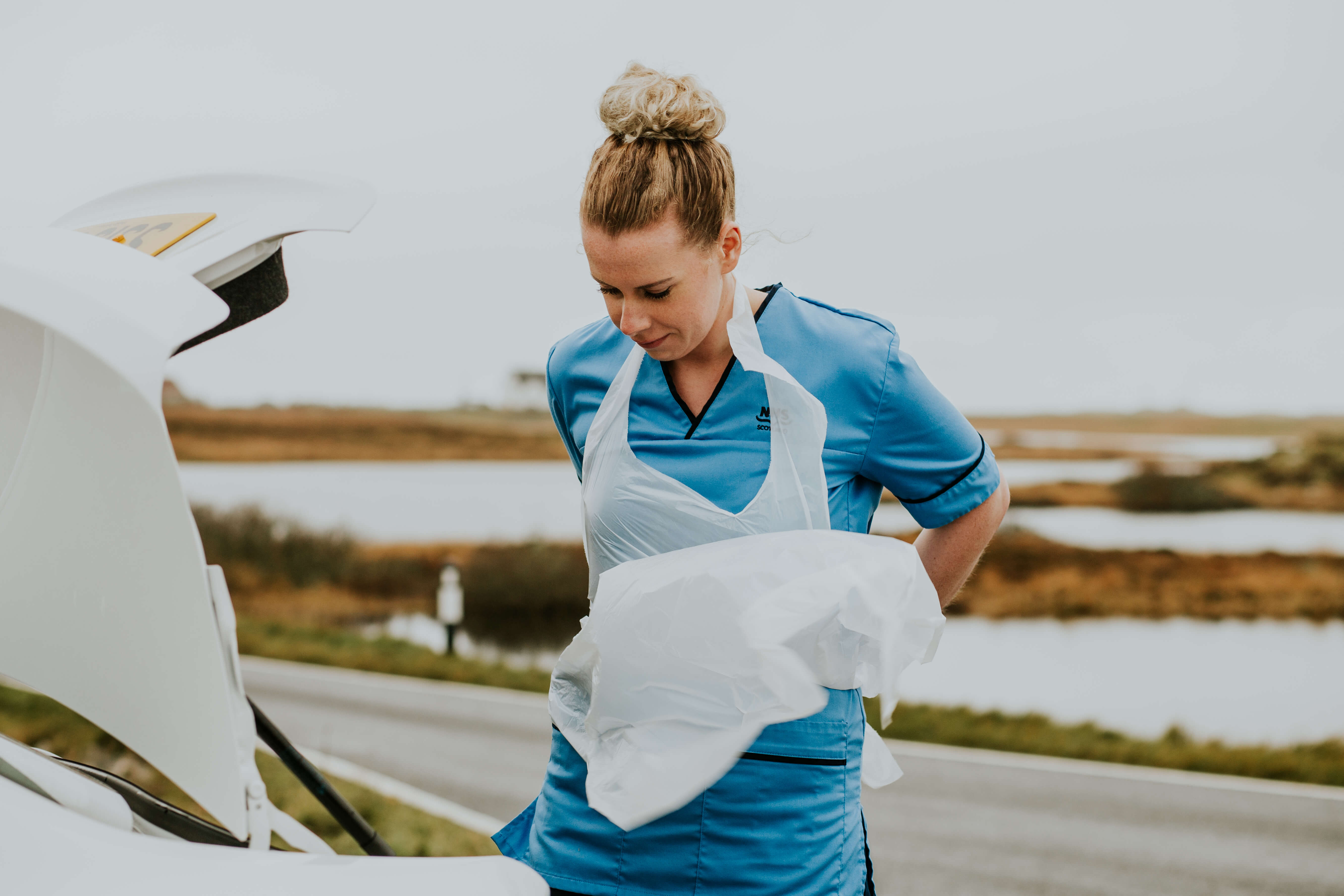
Community careers
Community nursing and midwifery can be broadly described as any nursing or midwifery care provided outside of an acute hospital setting. This includes healthcare provided in a person’s own home, GP surgeries, community hospitals, the custody suites of police stations, schools, prisons, or care homes.
Community nurses and midwives appreciate the importance of social determinants of health, try to understand the impact of people’s living and working conditions, and aim to mitigate inequalities and promote opportunities for improving health. They understand that ‘health is made at home, and hospitals are for repair’ (Crisp, 2020).
Community nurses and midwives focus on prevention and early intervention, and on population and public health. Community nurses and midwives work closely with a wide range of other professions and agencies including third sector providers and social care teams, as well as families and carers.
This part of our website is designed to provide you with information about the extraordinary contribution that community nurses and midwives can make to health and social care provision in Scotland.
Whether you’re thinking of becoming a nurse or midwife, applying for your first job, looking for career progression, or moving to a more senior position in the community, we hope these pages inspire and motivate you.
Community nurses care for people in or close to their own homes. Examples of their work include supporting people to self-manage multiple long-term conditions, enabling people to recover from illness or injury, helping people live with frailty, and promoting human rights-based approaches to care.
Community nurses can prevent unnecessary hospitalisation, provide complex care at home, prescribe medication, and teach people and their families to manage treatment regimens. They are advocates for people in their care and for their families and carers.
You can read more about Queen’s Nurses in community nursing roles below.
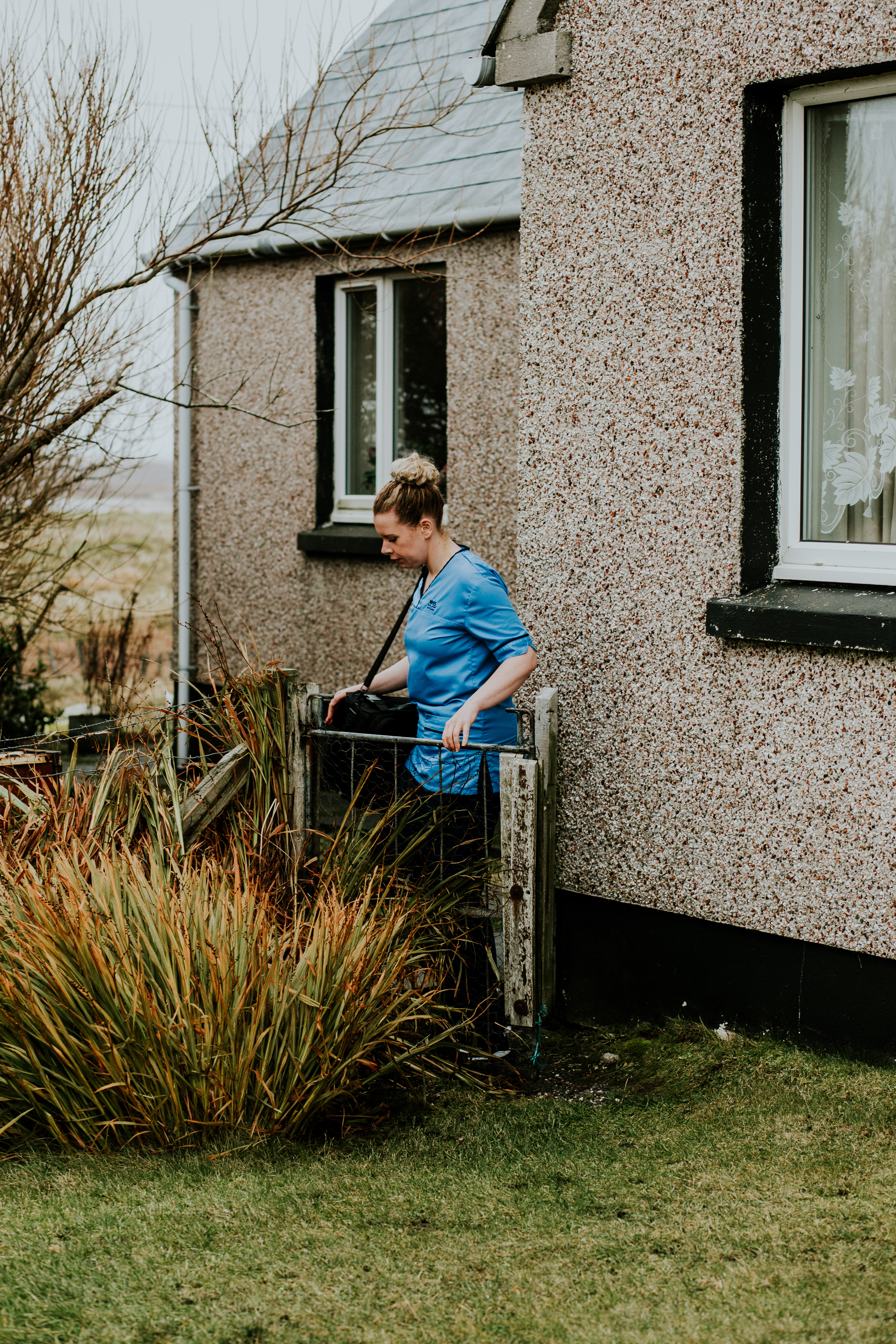
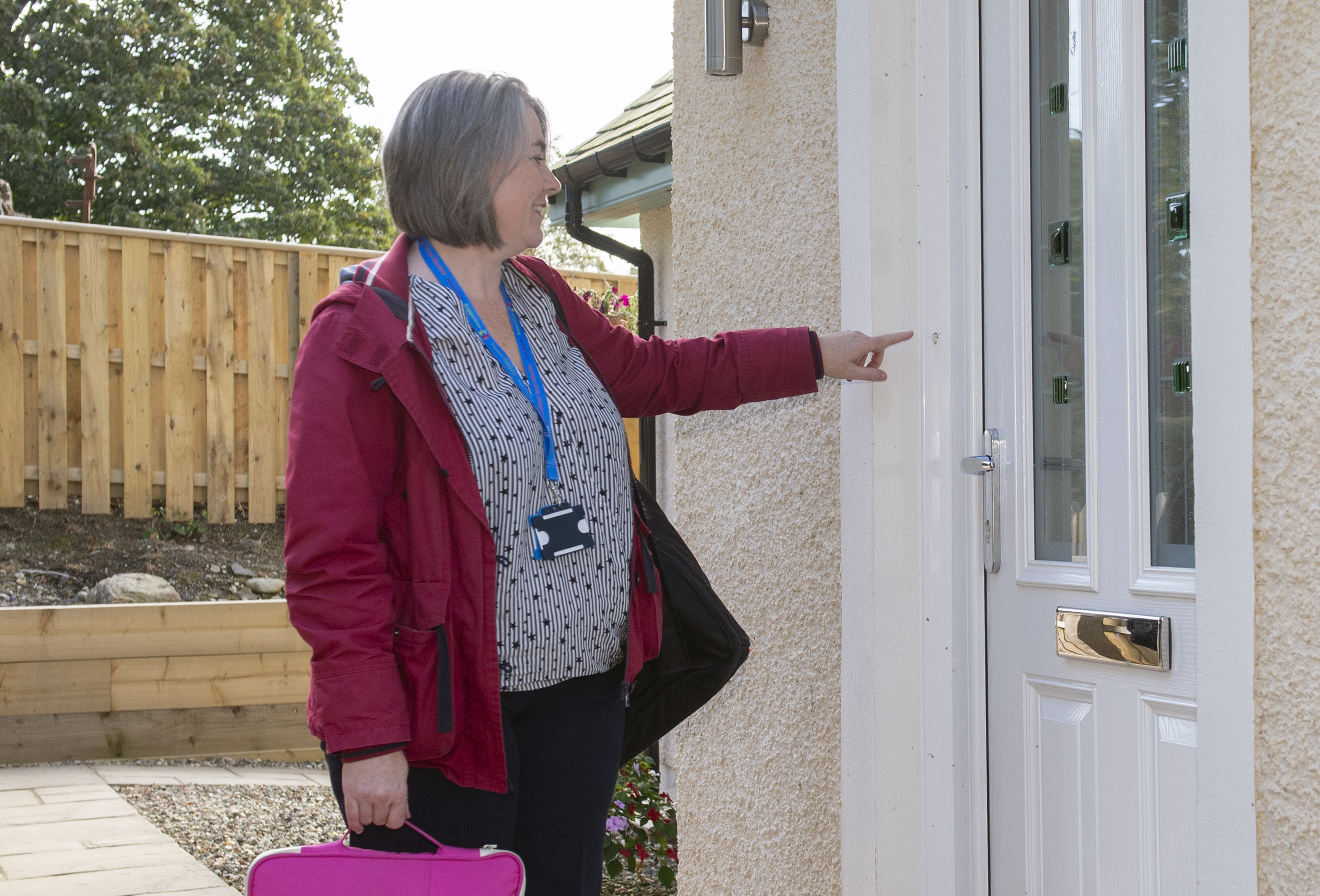
Health visitor
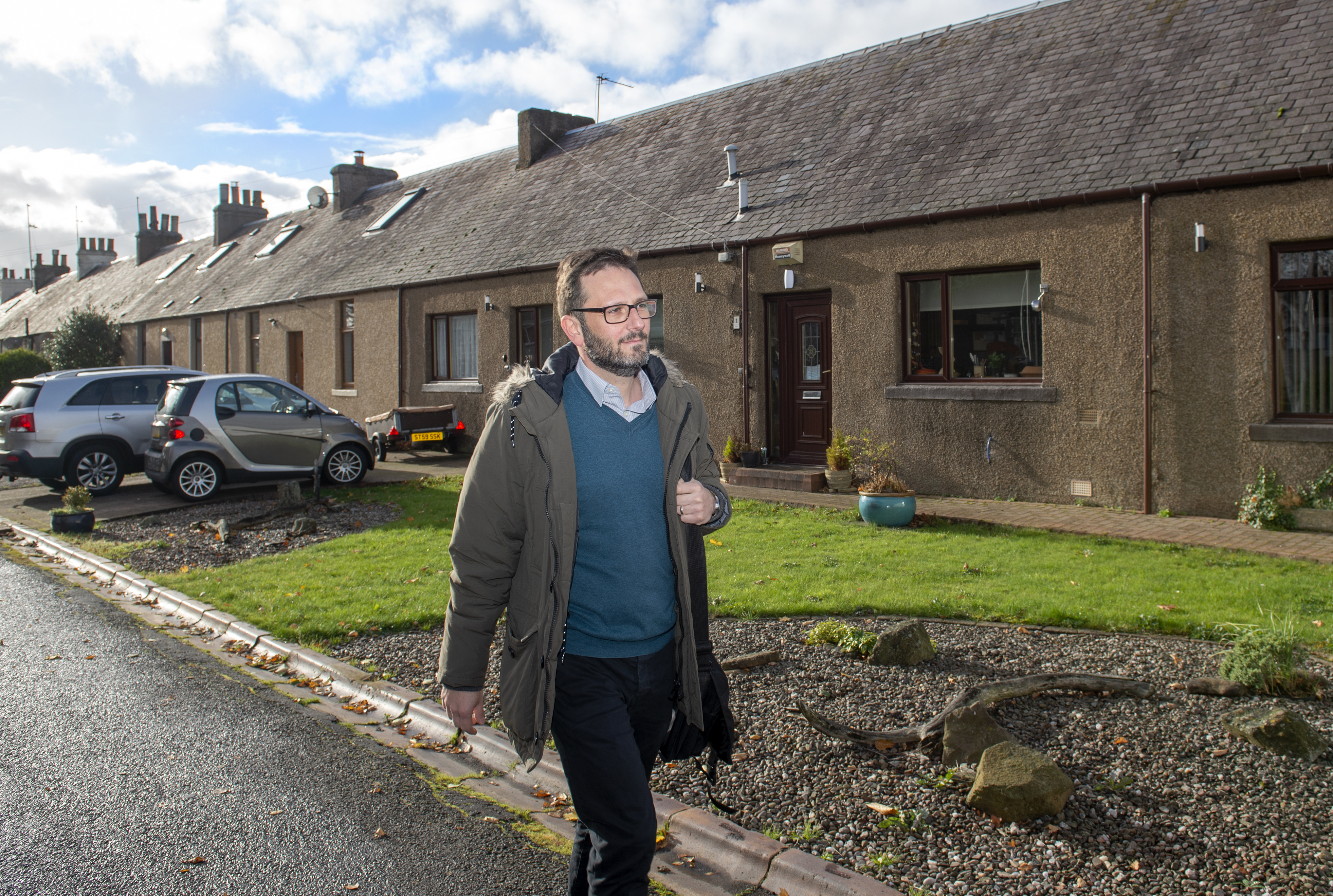
Community mental health nurse
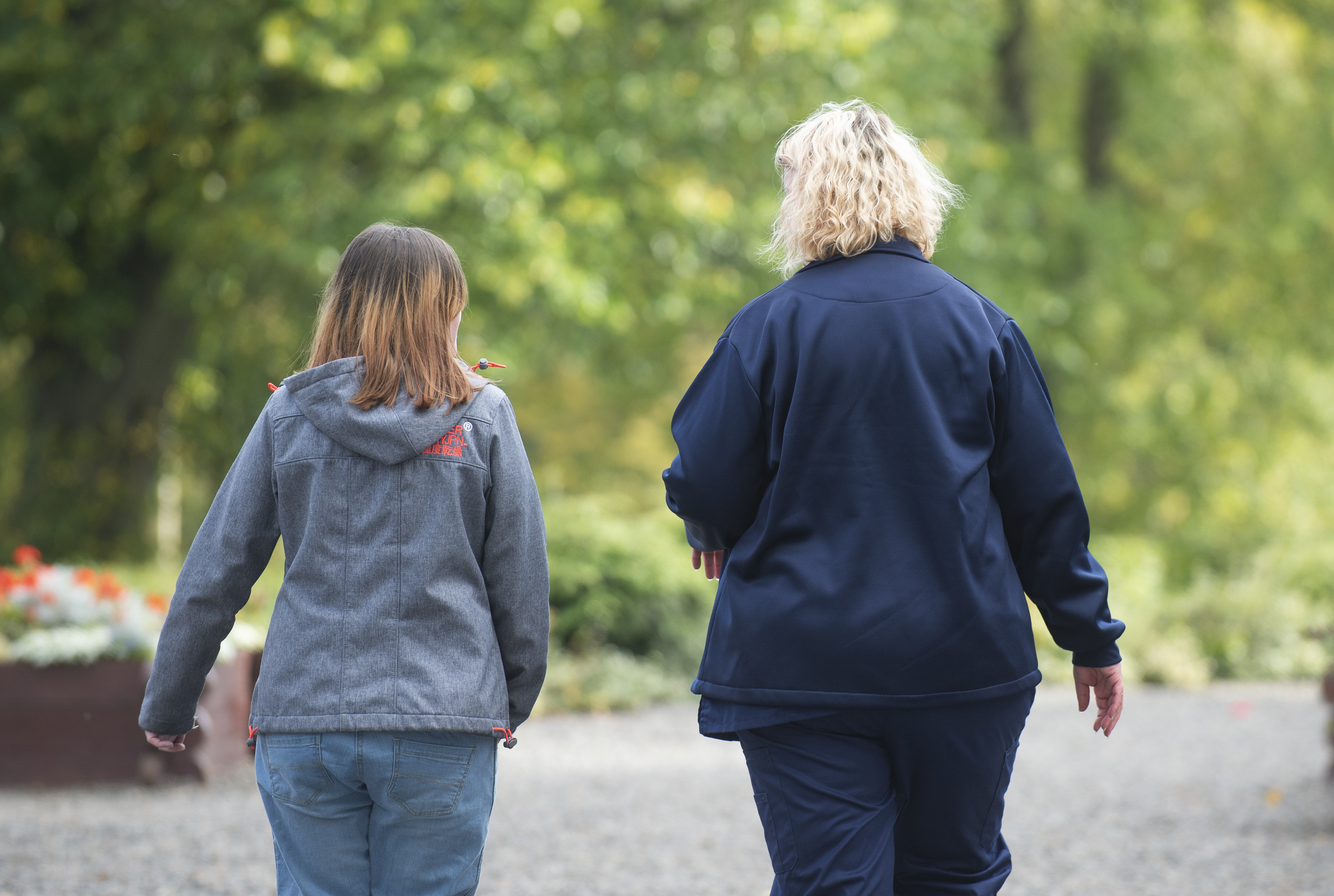
Learning disability nurse
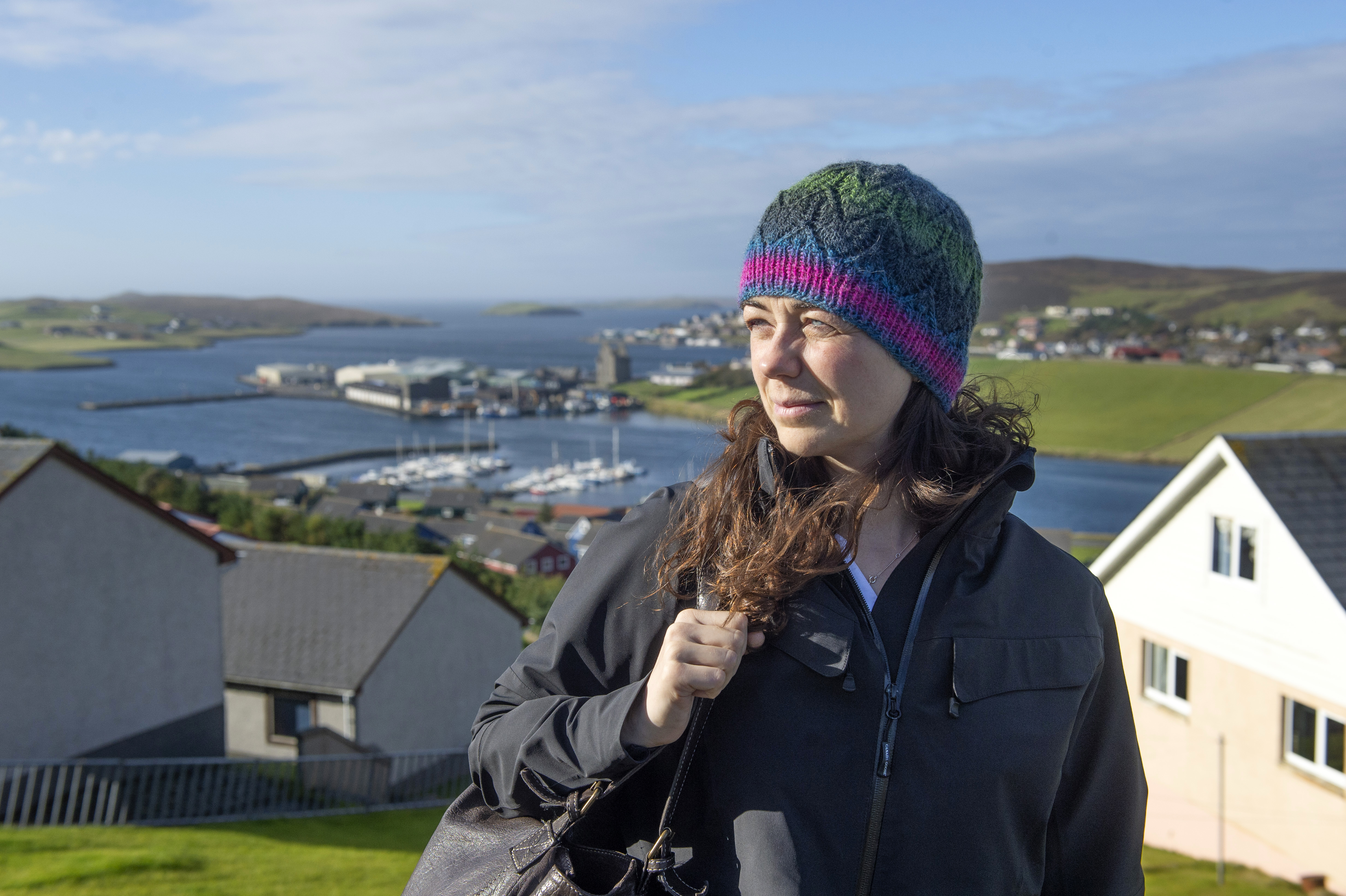
School nurse
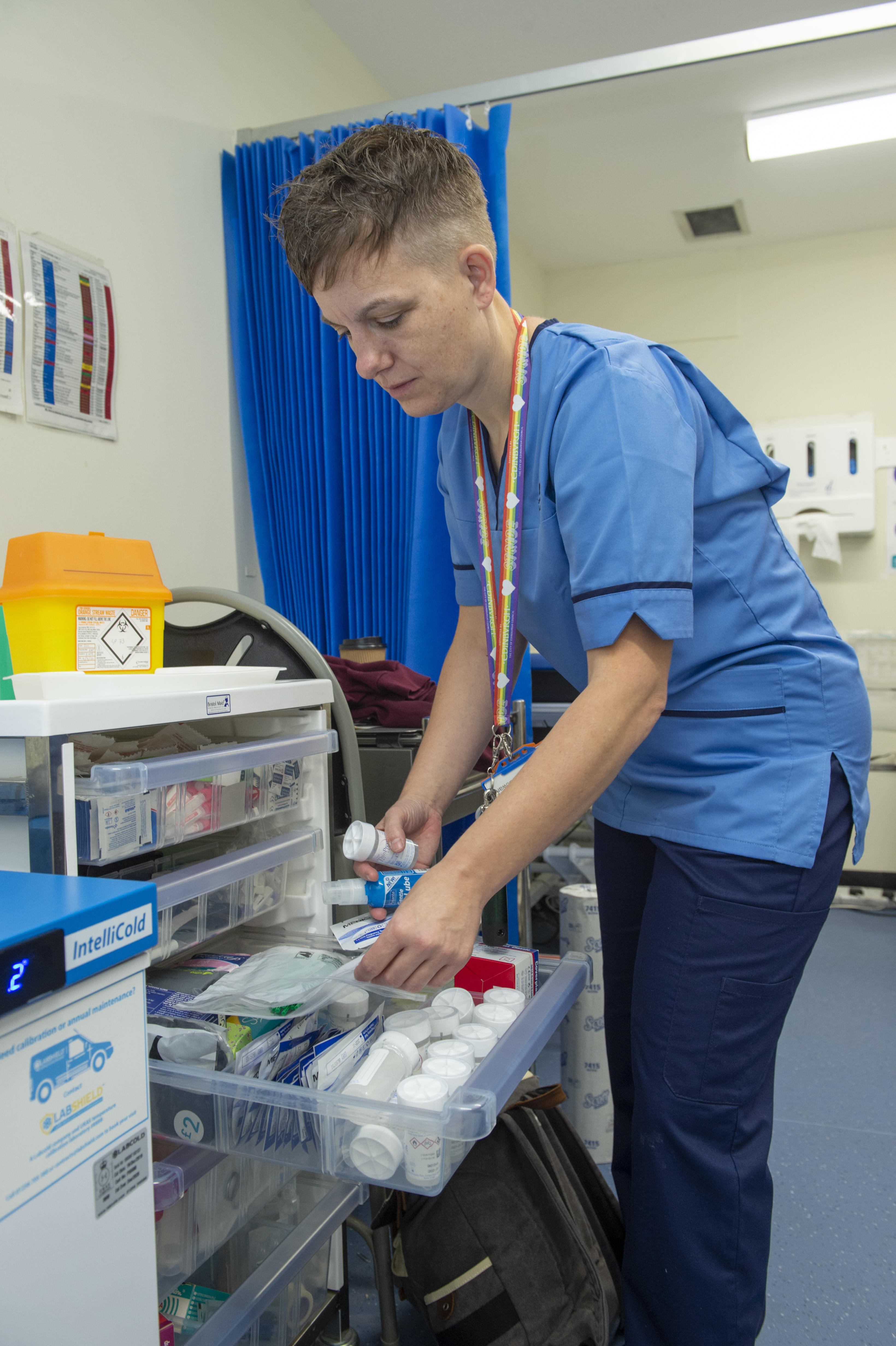
Inclusion health nurse
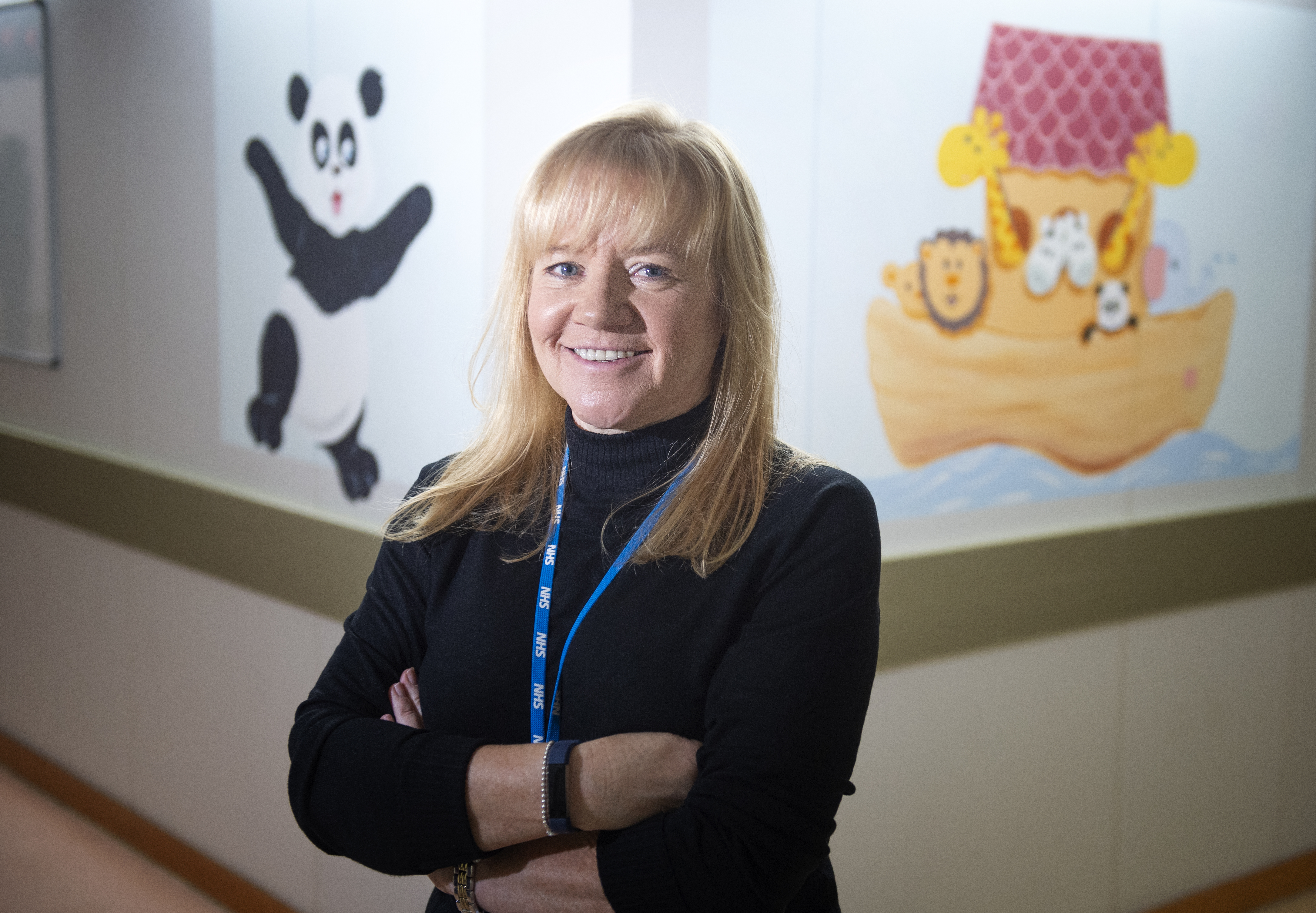
Community children’s nurse
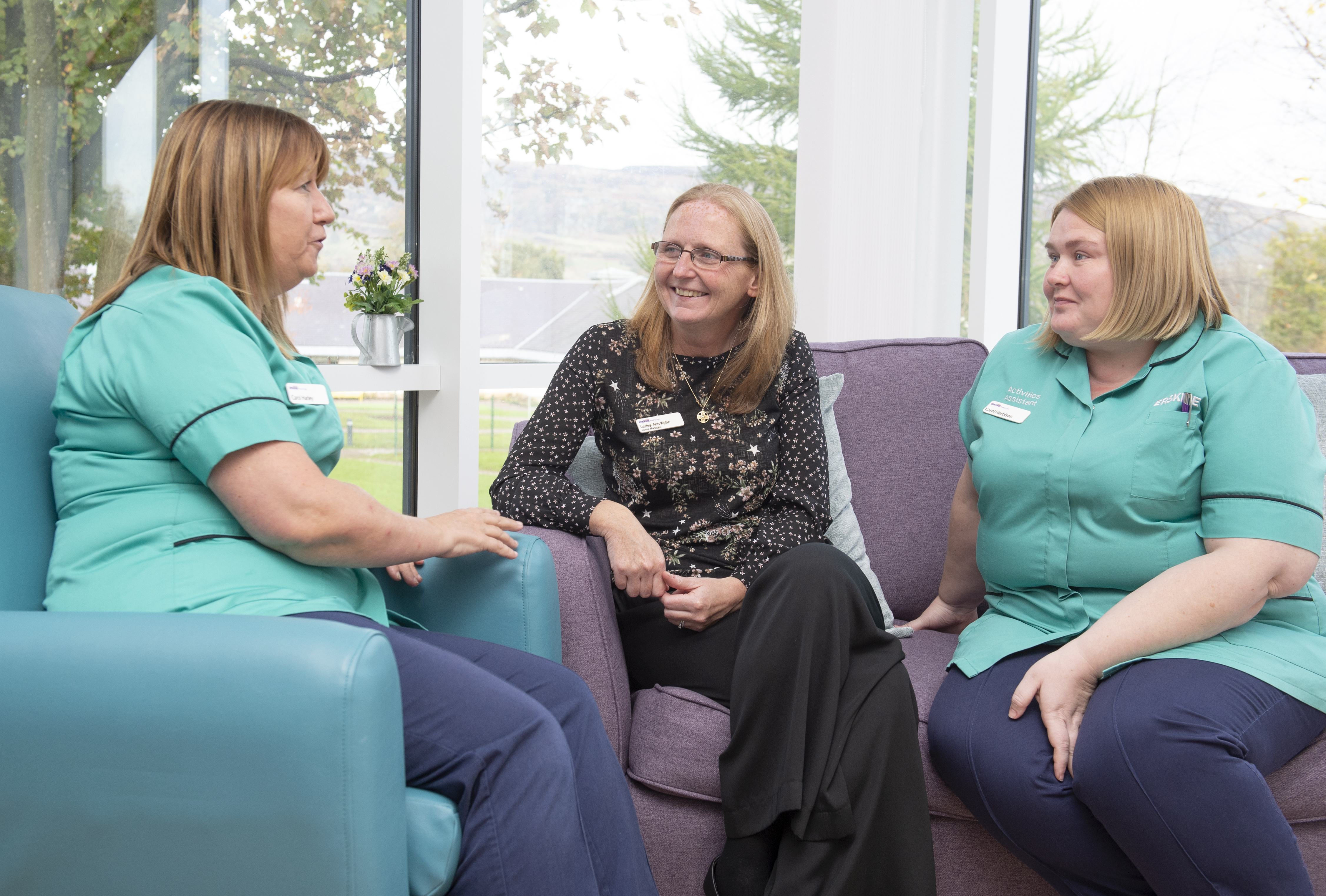
Care home/social care nurse
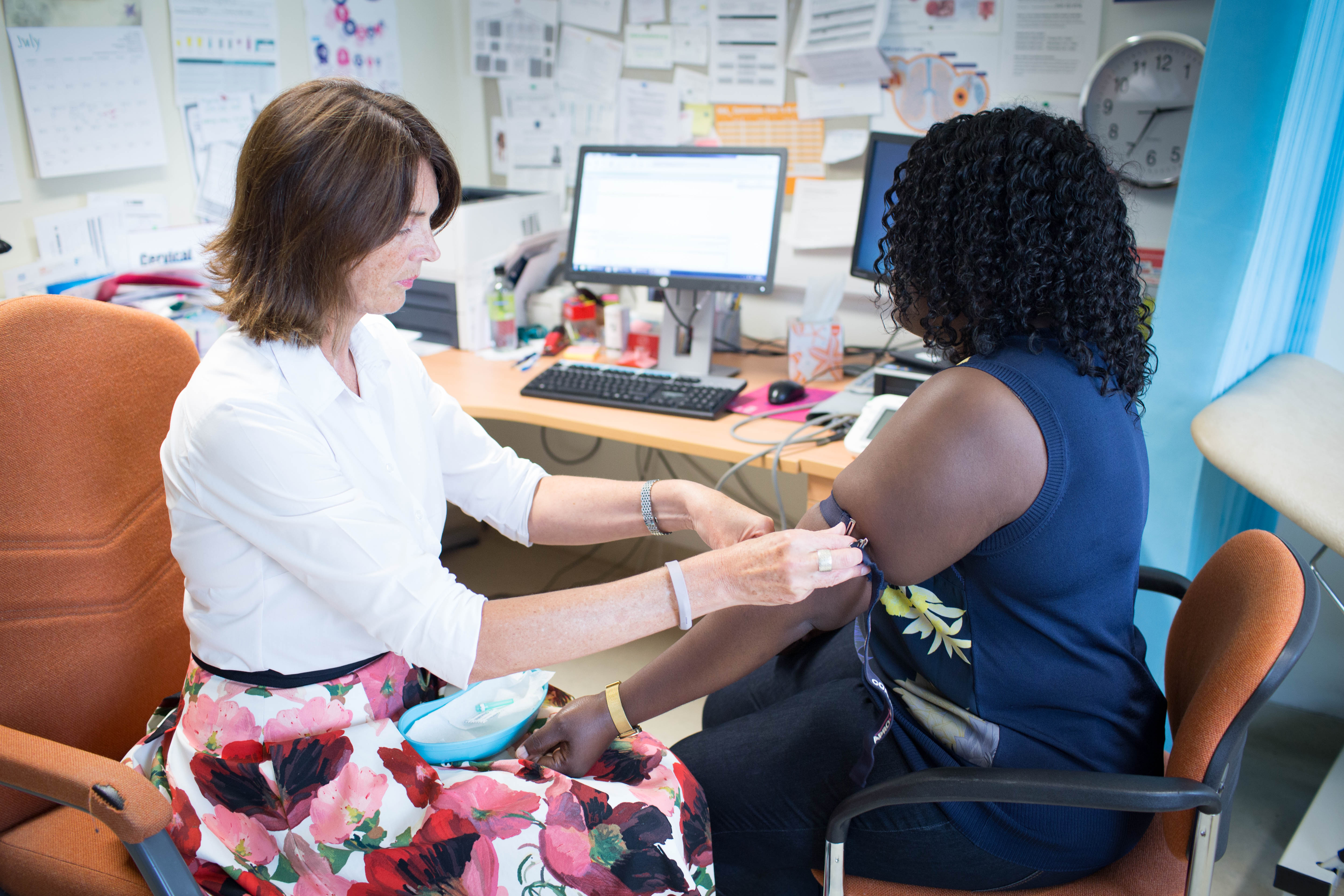
General Practice nurse
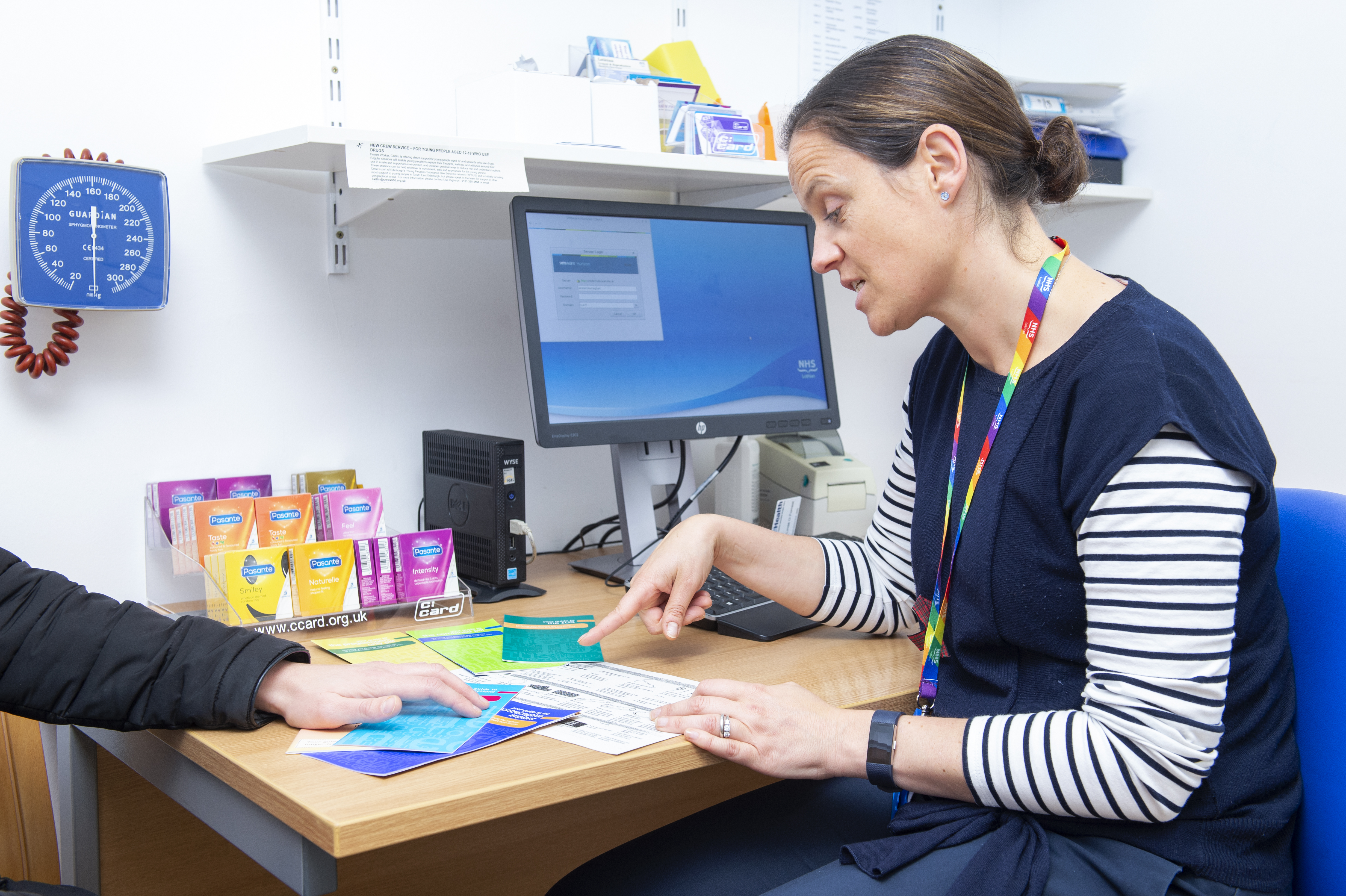
Sexual health nurse
Community midwives provide maternity healthcare services to expectant mothers and their families within their local communities. They support women to have healthy and safe pregnancies and to make choices about place of birth and infant feeding.
Their public health focus includes providing antenatal and post-natal education and support in areas such as antenatal and newborn screening and immunisation, breast feeding, and smoking cessation.
Community midwives play a crucial role in mitigating health inequalities, and they will often have unique opportunities to support women dealing with homelessness or insecure housing, to secure specialist help for those experiencing perinatal mental health difficulties, and to take action to reduce violence against women and girls.
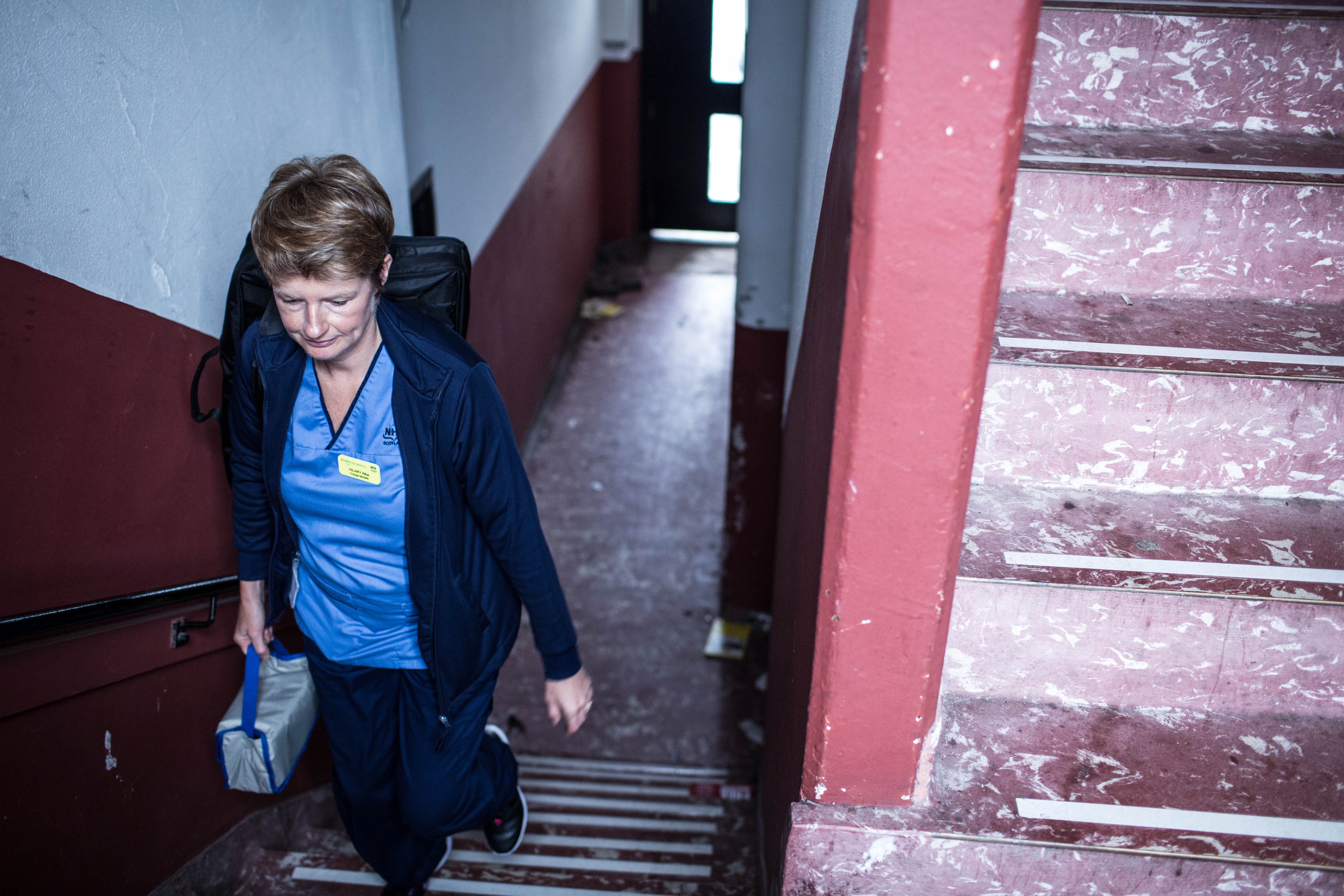
Community midwife
Research knowledge rarely begins with a big, funded project, it begins with curiosity and ideas. The early sparks, questions, and interests need to be nurtured and explored; the accompanying passion and motivation needs to be encouraged and sustained. The skills for engaging with evidence, developing partnerships, and evaluating initiatives, all need to be learned.
Community nurses are often looking for a chance to try out good ideas; opportunities to develop essential skills in community engagement, project design, and evaluation; support to take on a personal and professional challenge; ways of linking with communities of interest; and a chance to share expertise in pursuit of better patient care and greater job fulfilment.
At QNIS we want community nurses and midwives to be confident about and interested in research, and to promote, influence, and participate in research activity in ways most relevant for their own roles.
Use the links below to explore more about careers in research, teaching and ways to collaborate.
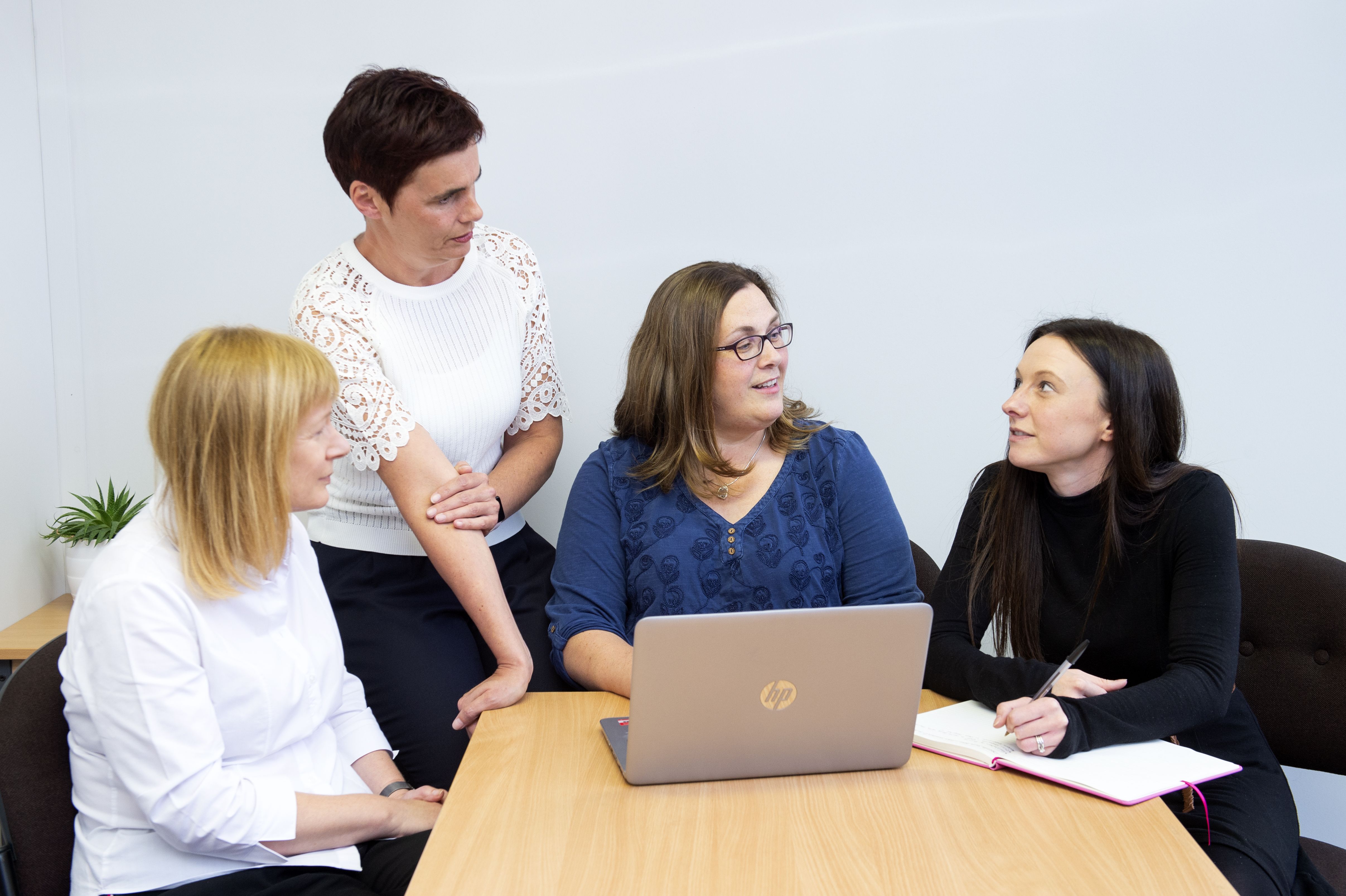
Clinical Educator

Professor of community nursing
